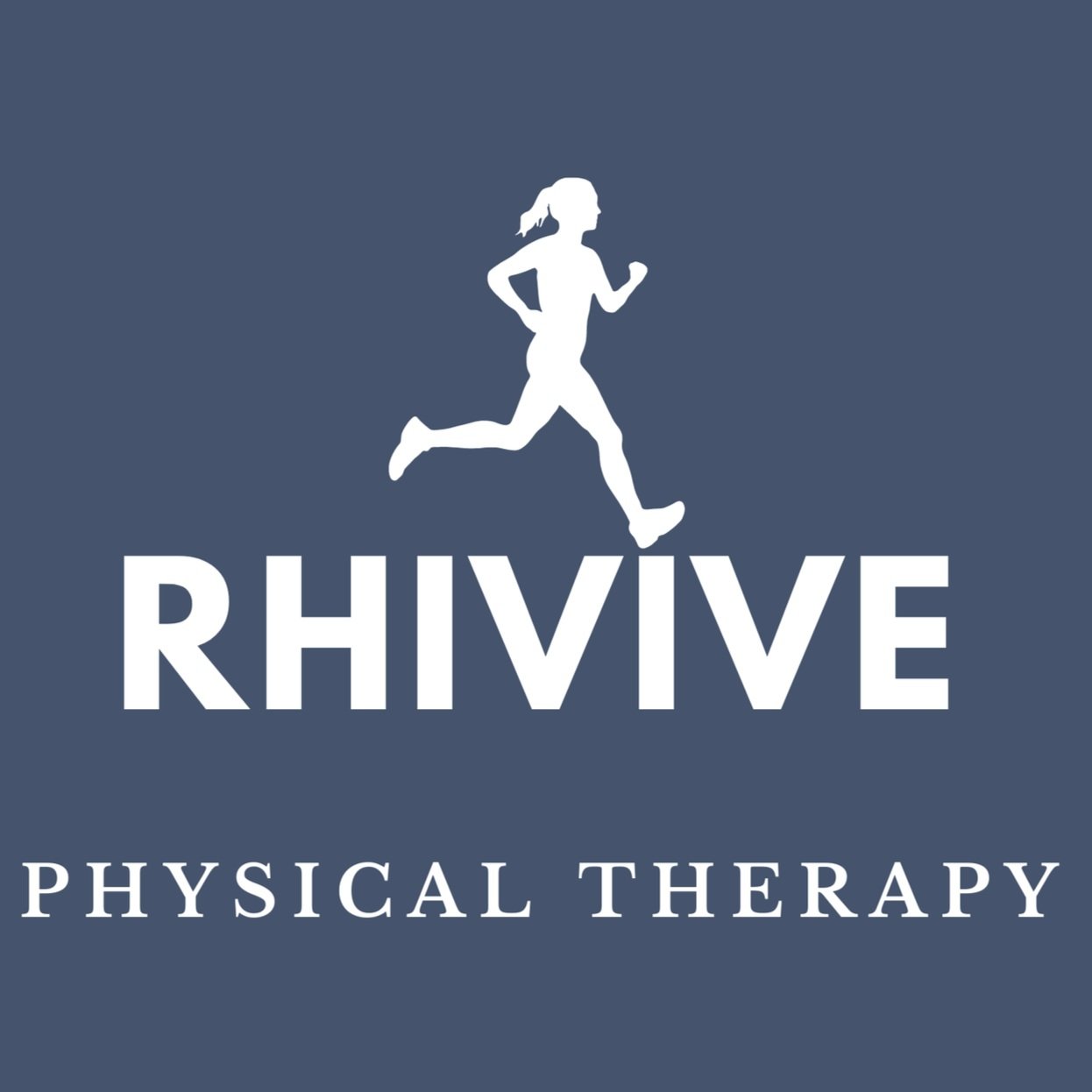Neck Tension & Running: An Unexpected Culprit
Wait. Isn’t running a lower body exercise?
Ugh so why do my shoulders and neck get tight?!
Neck and shoulder tension, even tension headaches and jaw pain can happen during running. Maybe you don’t have tension or pain, sometimes our breathing does not feel EFFICIENT. It feels like we are exerting a lot of effort to get air into our lungs. Of course this can depend on the intensity at which you are running. Even within a given intensity level, breathing can be more or less efficient depending on your mechanics.
Running is a biomechanical dance with coordination of movement from the toes all the way up to the crown of the head. Every part connects to the next. Which is really amazing! The problem is that when one part of the chain isn’t doing its job, another part takes up the slack.
In the case of shoulder and neck tension, the answer is often not simply “posture”. The body part that plays a key role in this but is often overlooked? THE RIB CAGE. Efficient breathing involves a 360 degree expansion around the rib cage and abdomen, however, in many of us, the rib cage can be REALLY stiff. This can happen for many reasons but oftentimes it’s people who sit for their jobs and stress can affect this too!! Which covers a lot of us.
Under-using the mobility of our rib cage = overusing the shoulder and neck muscles
Activation of the shoulder and neck muscles lifts the rib cage slightly upward, allowing increased capacity for air to come into the lungs. This happens naturally with high intensity activity. However, many of us are overusing this mechanism due to lack of mobility in other areas and poor breathing mechanics.
When the rib cage can’t expand, we end up over using the muscles of our shoulders to shrug upward to get more air in.
So what can you do?
Many people will say, POSTURE! However if you’ve ever ran or even watched someone run, you know that running is a dynamic movement! We cannot simply *hold* a perfect posture while running. Rather, we need to be a well-oiled machine that can rotate and move around itself in the most efficient way possible. This involves improving breathing mechanics and the ability for the rib cage to expand at rest and then incorporating it back into your running form.
Here are THREE of my favorite exercises for this:
1. Banded Breathing
360 degree Breathing: wrap a light resistance band around your lower rib cage and practice feeling your rib cage push out into the band with inhalation and feel it pull you inward with exhalation.
2. Rotational Breathing: With one knee up and one kneeling, bring one elbow back and stretch the other arm forward in an exaggerated running motion. Hold the position while you take two breaths, thinking of expanding into the lower rib cage. Repeat with other leg up.
3. Open Book Stretch: Lie on your side with knees bent and hands together. Take the top hand and bring it to the other side while allowing the upper back to rotate back and chest to open. Take 2 breaths here.
As always, this is educational only and is not meant as a substitute for medical advice. Go see your physical therapist or health care provider before starting any program so you can make sure what you are doing is safe and catered to your individual needs!





